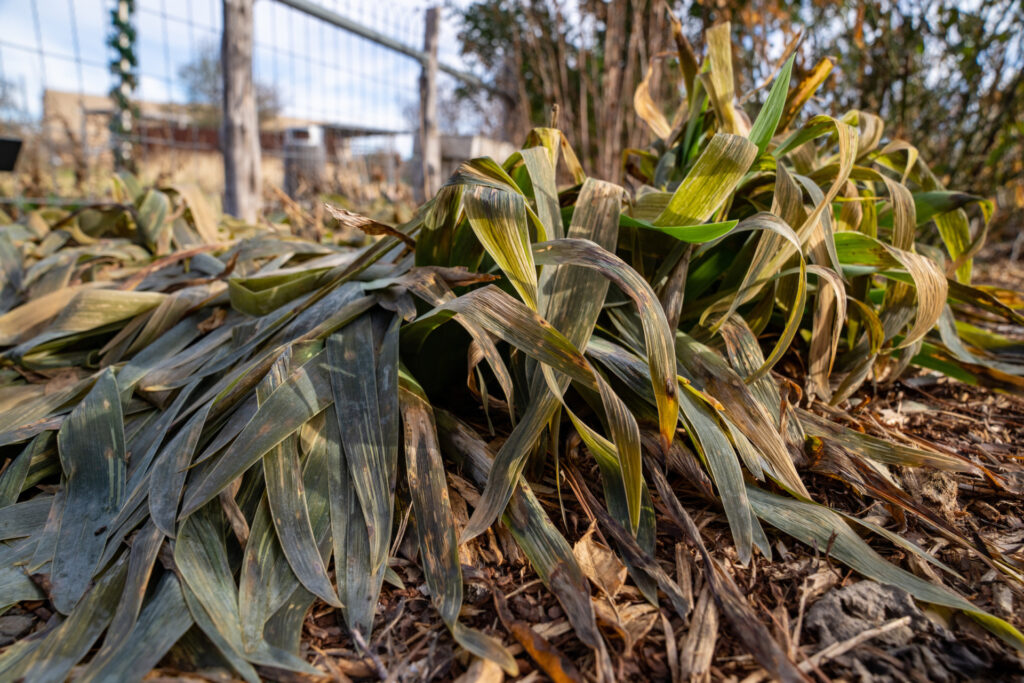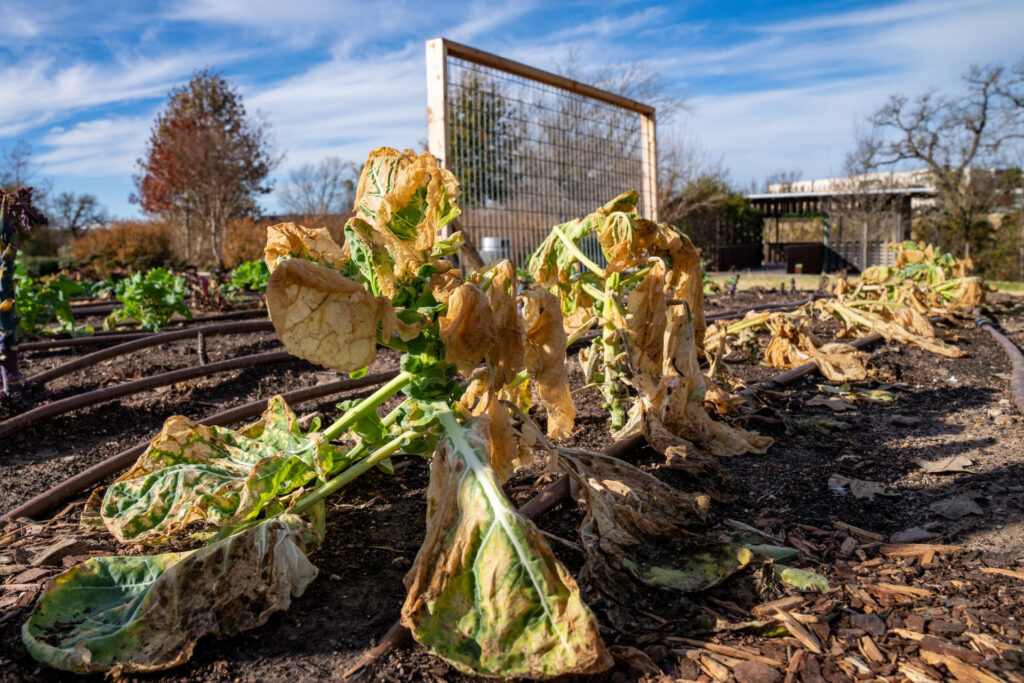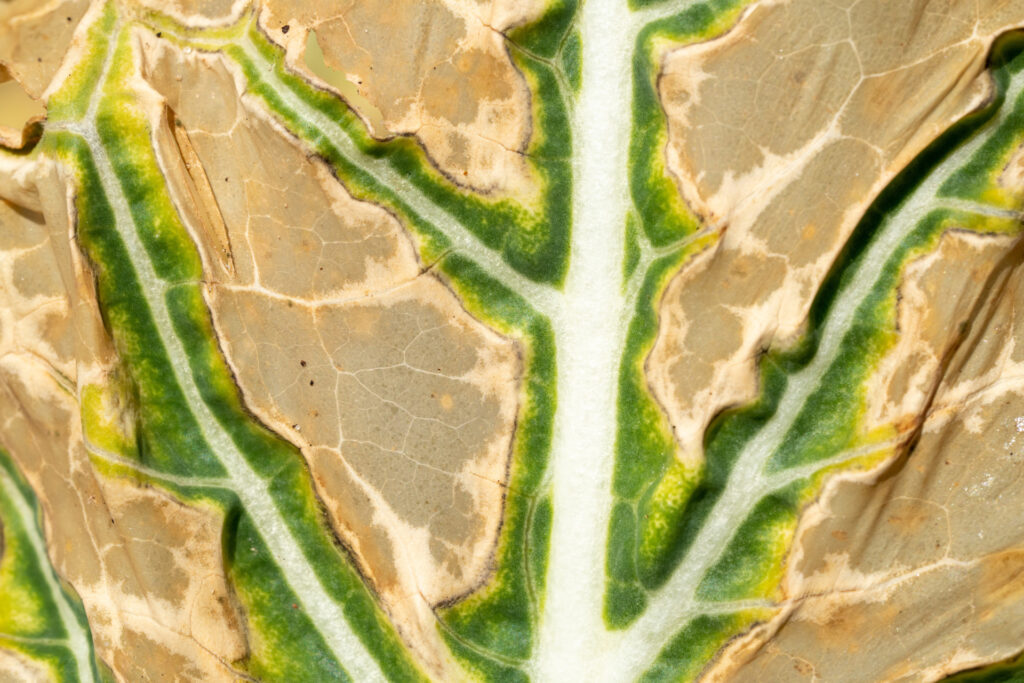‘Learn to live with ugly’ after freeze damage
Pruning dead plant material can cause more harm through winter
A hard freeze can make plants an ugly eyesore in a landscape or garden.

But practice patience when it comes to freeze-damaged plants, according to a Texas A&M AgriLife expert.
Michael Arnold, Ph.D., director of The Gardens at Texas A&M University and professor of landscape horticulture in the Department of Horticultural Sciences at the Texas A&M College of Agriculture and Life Sciences, Bryan-College Station, said warmer daytime temperatures may give gardeners the itch to get outside and prune back damaged leaves and clean up dead plant material following a hard freeze, but they should resist the urge.
Plants can be damaged by temperatures once they reach 32 degrees, but a hard freeze – 28 degrees or below for four hours or more – can sting cold-hardy plants and kill those that are less cold tolerant. Whether a hard freeze hits in November or in February, homeowners and gardeners should consider their local average final frost date before any cleanup.
“There is a tendency to want to spruce things up, but if we do that too quickly, we can predispose the plants to even more freeze damage,” he said. “My advice is to be patient and learn to live with ugly.”
Patience best after freeze damage
Cold-sensitive plants like palm and banana trees or woody herbaceous perennials and ornamental grasses may look dead or dying after a hard freeze, but Arnold said it is best to give them time.
Pruning too early can cause more damage in two ways. First, it removes dead plant material that can help insulate living tissue from later freezing temperatures, and it may also stimulate new growth before the threat of frost has passed.
Warmer days can activate buds below any premature pruning cut, Arnold said. Stimulating new growth that is then exposed to freezing temperatures will inflict more damage to the plant.




Plants that look dead may recover, he said. Dead tissue will be apparent when the plant breaks dormancy in the spring, and waiting will ensure plants with live tissue recover. At that point, pruning is not detrimental to the plant’s long-term recovery.
Arnold said gardeners should wait until the threat of frost has passed for the location, which could be the first few weeks in January in the Rio Grande Valley into March in North Texas. He suggests pruning around typical local “pruning” dates but said gardeners could act a little early if the 10-day forecast shows temperatures will stay above freezing.
Gardeners should also give high value plants and trees extra time to show signs of life through the spring before they remove them, he said. Some plants may look dead and might require some help and rehabilitation, but if there is live tissue, there is a chance of recovery.
“That dead material may look ugly, but it is Mother Nature’s insulation, and cutting plants back too soon can harm more than help,” he said. “You also don’t want to pull up plants just because they look dead. If there is live tissue in the crown or below the ground, they are likely to recover. Some gardeners may not like to hear it, but right now is the time for patience.”





